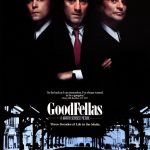The Evil Dead (1981)
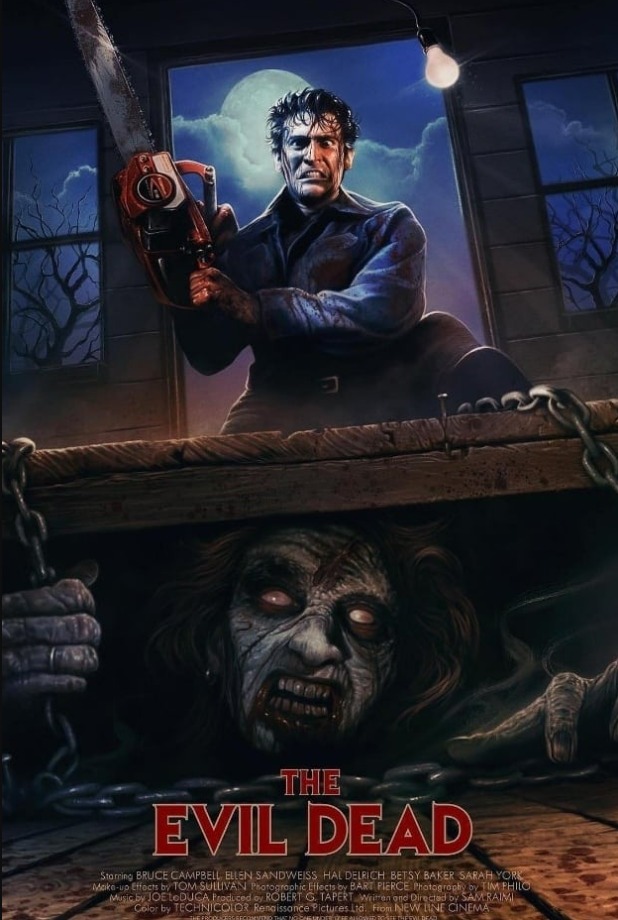
“The Evil Dead,” directed by Sam Raimi, is a seminal horror film that follows a group of five college friends who venture into a remote cabin in the woods for a weekend getaway. The group, consisting of Ash Williams, his girlfriend Linda, his sister Cheryl, and their friends Scott and Shelly, soon discovers a mysterious and sinister book called the Necronomicon, along with a tape recorder belonging to the cabin’s previous occupant, an archaeologist.
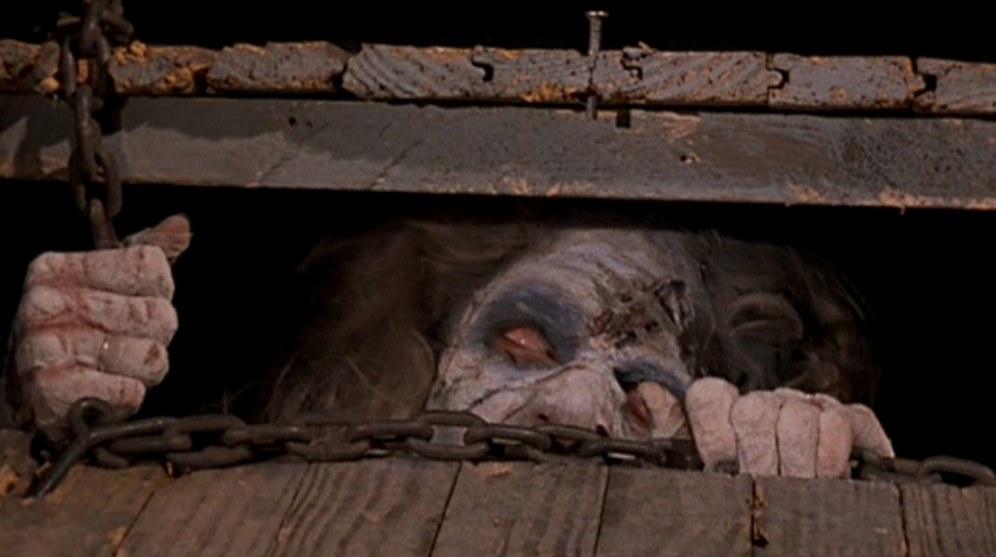
When they play the tape, it recites incantations from the Necronomicon, inadvertently awakening demonic forces in the surrounding forest. The group is quickly besieged by these malevolent entities, leading to a night of escalating terror. Cheryl is the first to fall victim, becoming possessed by a demonic force after a harrowing encounter with the possessed woods.
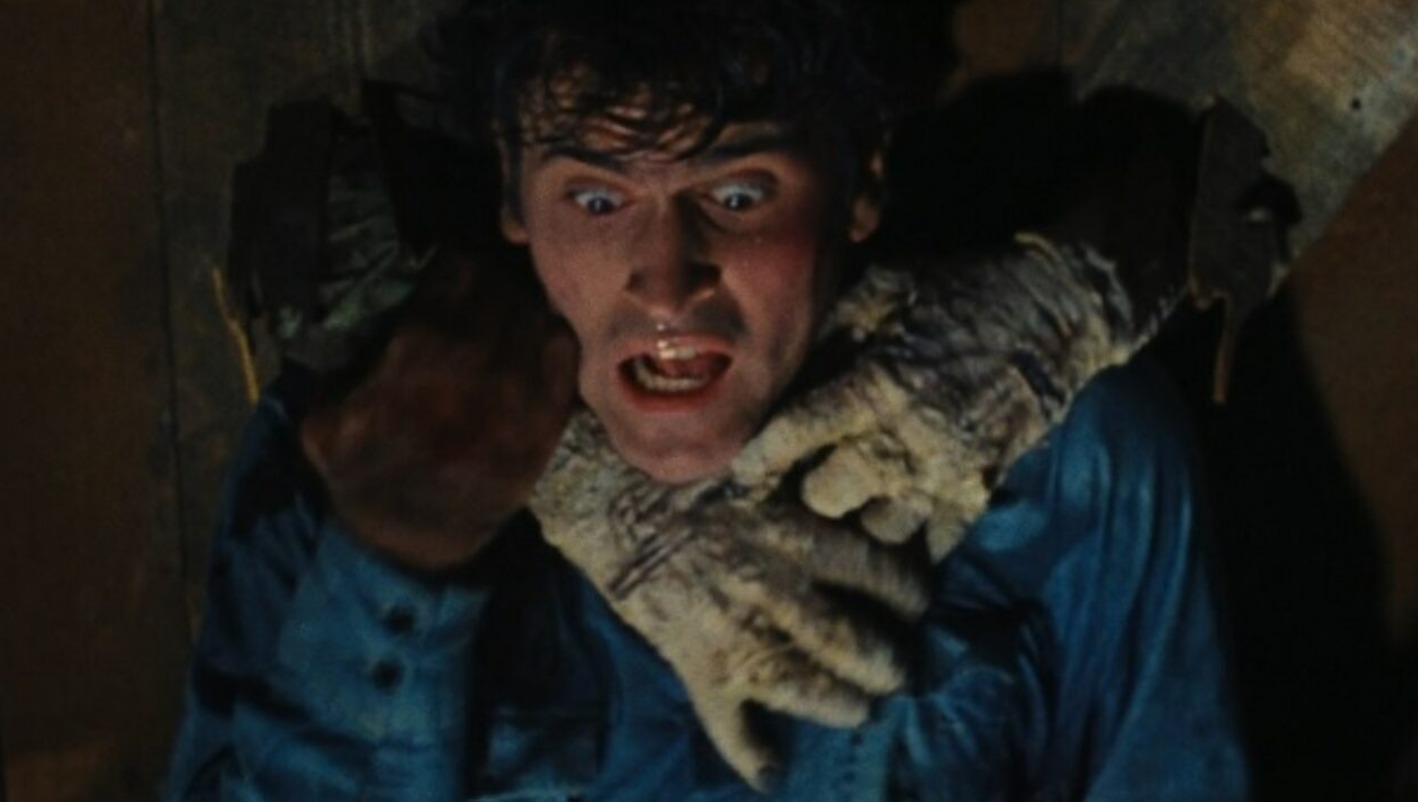
As the night progresses, the friends are picked off one by one, each succumbing to possession and turning into grotesque, violent versions of themselves. Scott attempts to escape but is mortally wounded by the malevolent forces outside. Ash, the unlikely hero, is left to confront the horrors alone as he desperately tries to survive and save Linda, only to be forced into brutal confrontations with his possessed friends.
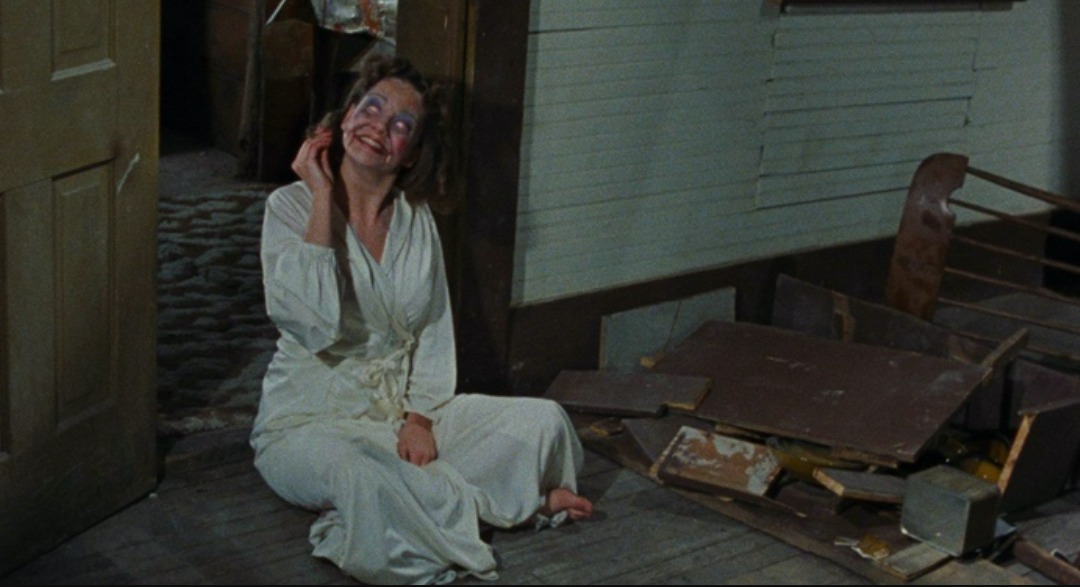
The film’s intense atmosphere is amplified by Raimi’s innovative and dynamic camerawork, which creates a sense of relentless dread and claustrophobia. The use of practical effects, combined with the visceral and graphic depiction of gore, sets “The Evil Dead” apart as a landmark in the horror genre.
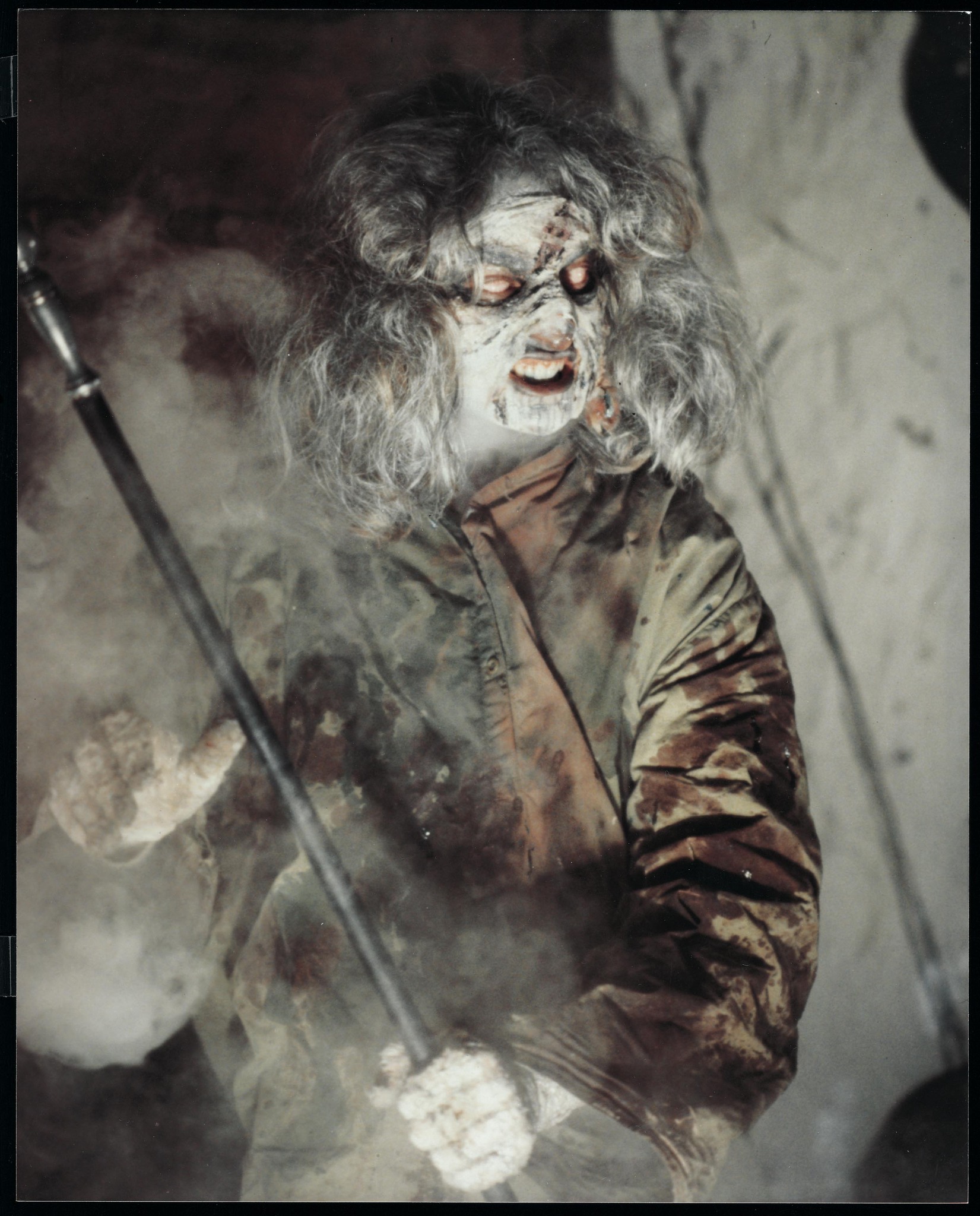
“The Evil Dead” concludes with Ash narrowly surviving the night, but the final scene leaves his fate ambiguous as the evil forces seem to persist, suggesting that the nightmare is far from over. This ending reinforces the film’s bleak and relentless tone, cementing its status as a cult classic.
Through its combination of horror, dark humor, and groundbreaking special effects, “The Evil Dead” has influenced countless horror films and remains a testament to Raimi’s visionary direction and the enduring appeal of low-budget, high-impact filmmaking.
Full Movie:





